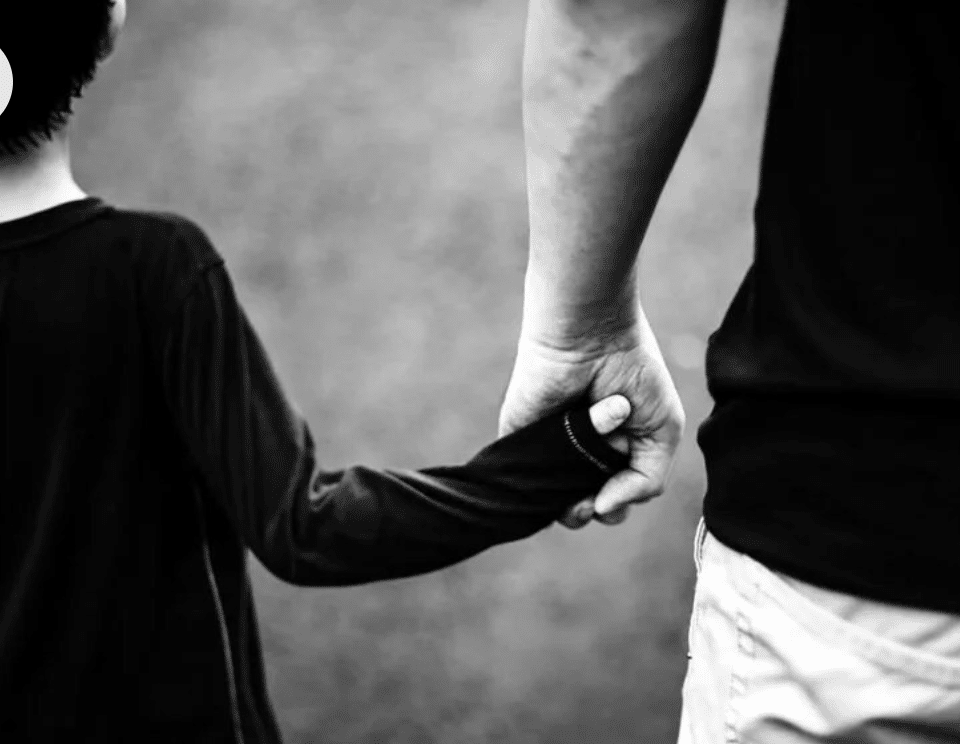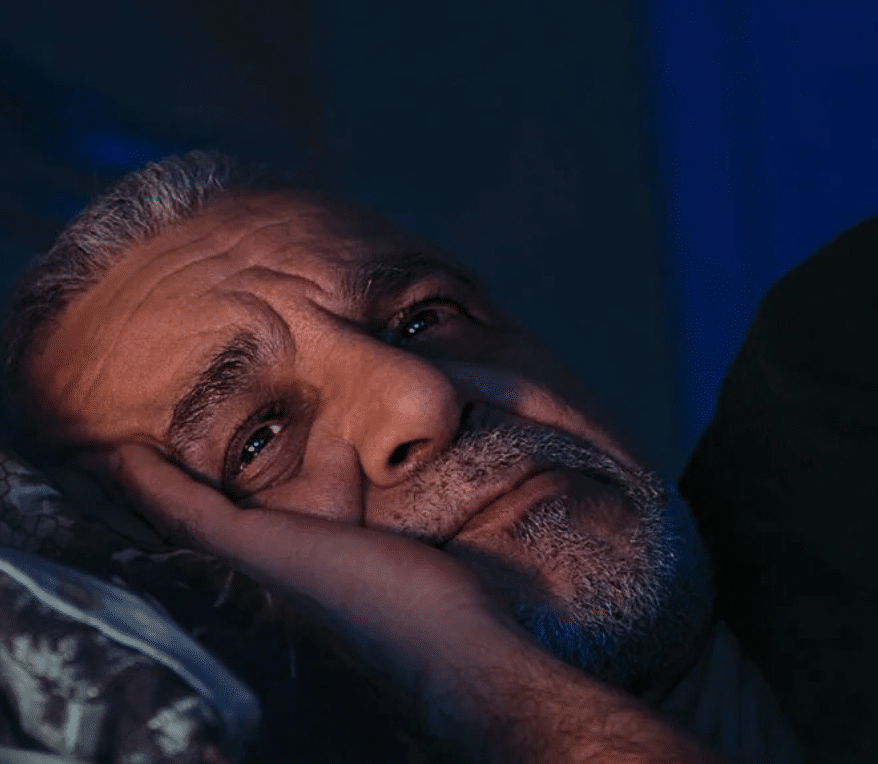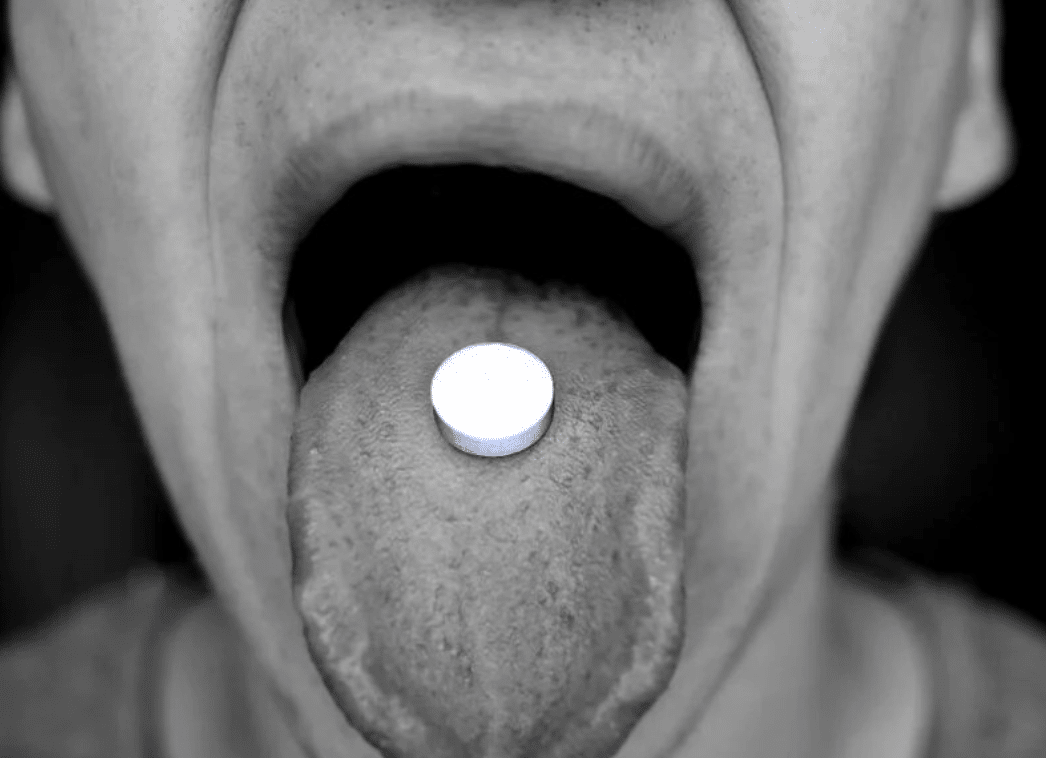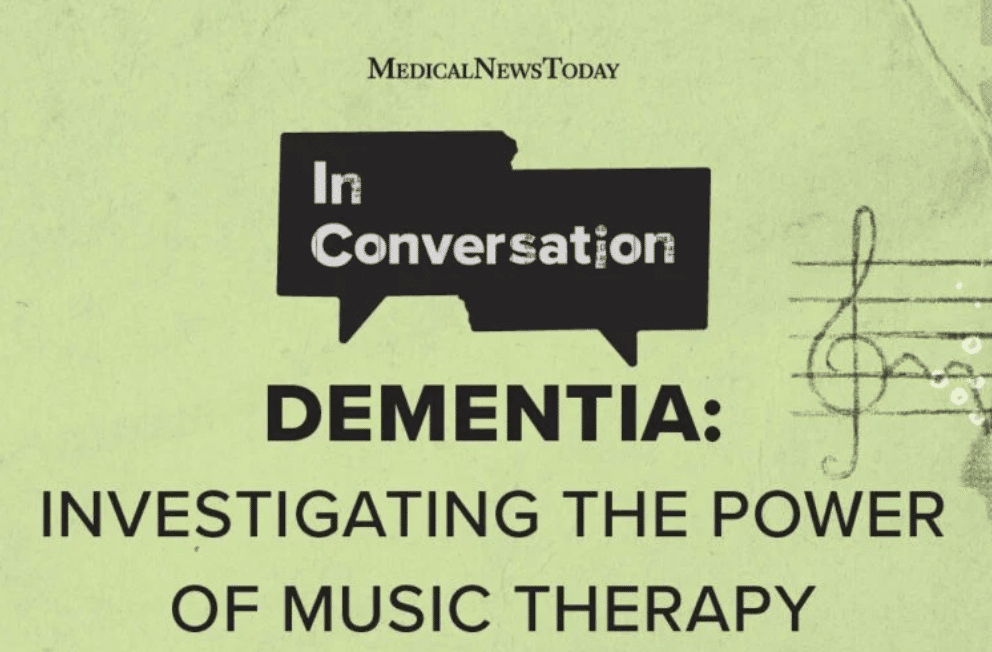Being touched by strangers or without consent can make many people uncomfortable. However, if the fear is intense, appears even when touched by family or friends, and if it causes significant distress, it may be haphephobia.
This condition is different from a hypersensitivity to touch, which is called allodynia. A person with allodynia may also avoid being touched, but they do so because it causes them to feel pain rather than fear.
Symptoms

Haphephobia is an intense fear of being touched.
Fear of being touched is considered a phobiawhen the fear arises almost every time the person is touched, persists for over 6 months, and when it impairs relationships or work life.
The following symptoms may indicate haphephobia:
- immediate fear or anxiety when touched, or when thinking about being touched
- panic attacks, which can include an increased heart rate, sweating, hot flushes, tingling, and chills
- avoidance of situations where a person may be touched
- awareness that the fear is irrational and disproportionate
- general anxiety, depression, and low quality of life as a result of the phobia
Children may show the following symptoms when touched:
- crying
- freezing in position
- temper tantrums
- clinging to their caregiver
Doctors refer to the symptoms listed in the Diagnostic and Statistical Manual of Mental Disorders (DSM-5) to diagnose phobias, which are anxiety disorders related to specific objects or situations.
Causes

Haphephobia may be related to ochlophobia, which is a fear of crowds.
Haphephobia may be caused by experiencing or witnessing a traumatic event that involved being touched. A person may not remember the event that triggered the phobia, especially if they were very young at the time.
Phobias can also run in the family. A person can learn a fear of being touched if they observe a loved one expressing fear or avoidance of being touched.
While haphephobia can sometimes occur on its own, it can also be a related to other conditions. These include:
- A fear of germs (mysophobia): A person may avoid being touched due to a fear of contamination or uncleanliness.
- A fear of crowds (ochlophobia): A person with ochlophobia can feel anxious about being touched by strangers in crowds.
- Obsessive-compulsive disorder (OCD): A person with OCD may fear certain situations outside of their control, such as being touched by other people.
- Post-traumatic stress disorder (PTSD): A fear of being touched can come from a previous traumatic experience that involved being touched, such as witnessing or experiencing an assault or sexual abuse.
Risk factors
Phobias are relatively common. The National Institute of Mental Health (NIH) estimate that 12.5 percent of adults in the United States experience a phobia at some point in their lives.
The following factors may make haphephobia more likely:
- Negative past experiences involving being touched.
- A family history of haphephobia or other anxiety disorders. Fears can be learned through observation. There may also be genetic factors that make people more likely to develop anxiety or phobic disorders.
- Other phobias. According to the DSM-5, around 75 percent of people with a specific phobic disorder will have more than one phobia.
- Other mental health conditions, such as OCD, PTSD, or general anxiety disorder.
- Gender. Situational phobias such as haphephobia are twice as likely to occur in women than men.
- Personality type. Having a neurotic personality or a tendency towards behavioral inhibition can be a risk factor for developing anxiety and phobic disorders.
Treatment and coping
One of the biggest obstacles in getting over a phobia is avoiding the situation that causes the fear. Treatments aim to help a person cope with the anxiety related to their fear and to overcome their fear gradually.
Effective treatments for phobias include:
Psychotherapies or talking therapies

Those with haphephobia may find CBT helpful in addressing their anxiety.
There are many types of therapy available to help a person manage or overcome phobias. These include:
- Cognitive behavioral therapy (CBT) can teach a person new behaviors and thought processes to help them deal with the anxiety they feel when touched.
- Exposure therapy is where a person is gradually exposed to their fear in a safe, controlled environment over weeks or months. This may begin with imagining being touched and progressing to physically being touched or standing in a crowded space.
- Virtual reality exposure therapy allows safe, controlled exposure to phobic objects or situations without actually having to risk being near the object or in the situation. One reviewfound that this can be a useful therapy for phobias.
Medications
Medications such as beta-blockers or antidepressants can help to alleviate immediate anxiety and panic symptoms. These drugs are often used in combination with psychotherapies.
Coping mechanisms
Breathing exercises and other relaxation techniques are useful for managing anxiety and panic attacks. Focusing on taking long, deep breaths can reduce the immediate symptoms of anxietywhen a person is touched.
Practicing mindfulness can help a person to understand their thought processes and behaviors and to develop better ways of dealing with anxiety. A recent review found that mindfulness is effective for treating and preventing anxiety and depression.
Exercise, taking time to relax and getting enough sleep are powerful ways to promote overall mental health.
Self-care is often used to reduce anxiety and panic and can also help a person to tackle their phobias.
When to see a doctor
Specific fears can be extreme, particularly in children, but they often go away without medical treatment.
The fear of being touched is a particularly difficult fear to cope with because of cultural and social expectations around touch.
If this fear persists for over 6 months, leads to an intense avoidance of everyday situations, and gets in the way of personal or work life, a person should contact their doctor.
Specific phobias respond very well to treatment. Using daily coping mechanisms can reduce the impact of a phobia on a person’s life and help them overcome the phobia in the long-term.
How many pounds have you lost this month? At Dieta Efectiva you can lose 10-12 lbs your first week and 2 – 5 lbs every week after. Visit us dietaefectiva.net to learn more about our program
BG:MNT








